Snapshots from Stossel Creek Reforestation Project
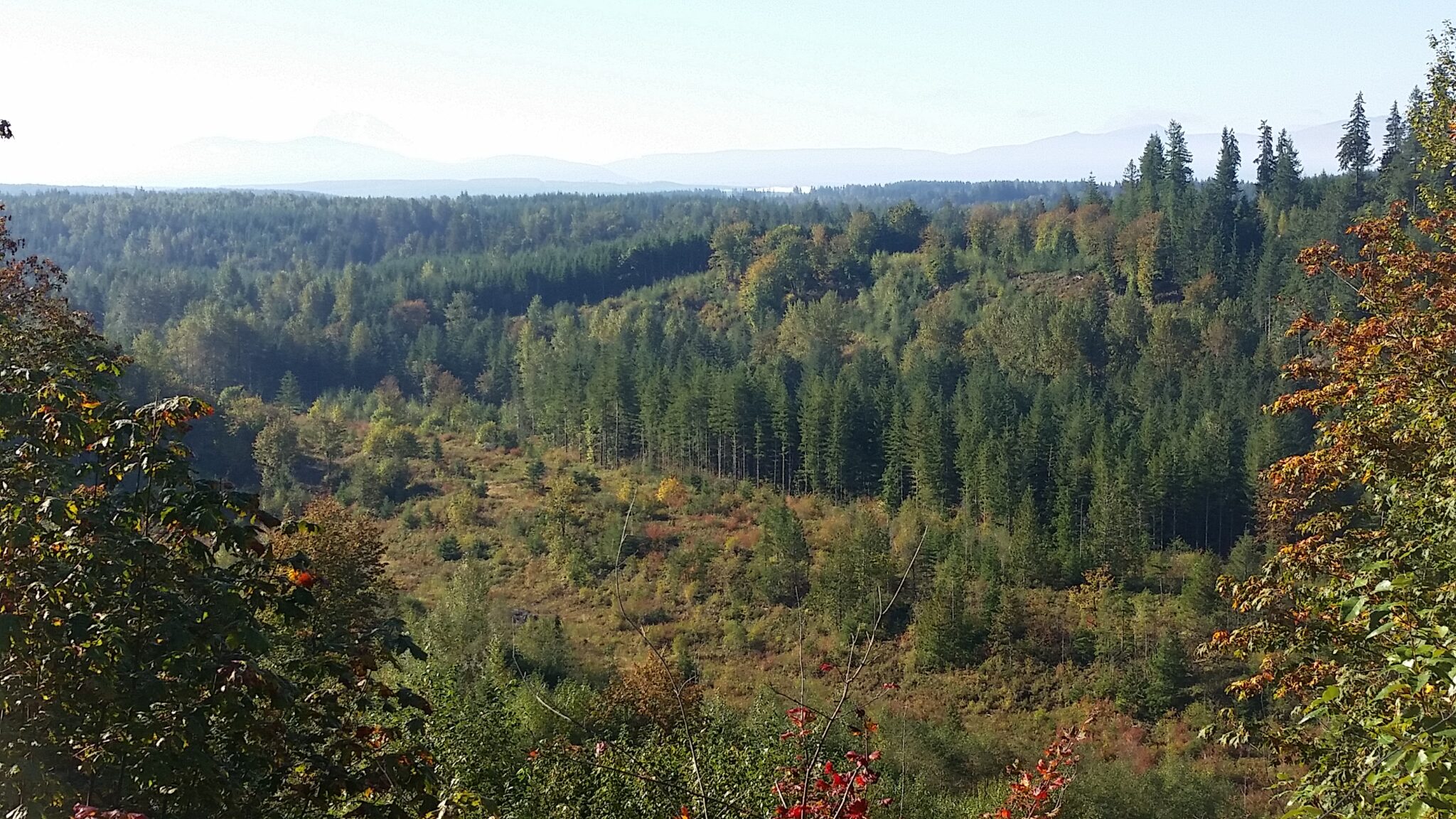
On a dewy autumn morning NNRG and Mountains to Sound Greenway Trust staff hiked through early-seral forest near Duvall, Washington. The discussion centered on things not seen — namely, invasive species. Greenway staff had already been busy locating the worst offenders from the 154-acre site, including Himalayan blackberry, knotweed, Scotch broom, and butterfly bush. Over the summer the Greenway worked with crews to remove the invasives and prepare the land in anticipation of planting trees.
NNRG is working with the Greenway Trust, Seattle City Light, and Seattle Public Utilities to return the property to a healthy forest; one more resilient to a changing climate. Seattle City Light purchased the land in 2015 as part of its Endangered Species Act Early Action Plan to conserve and enhance habitat for steelhead.
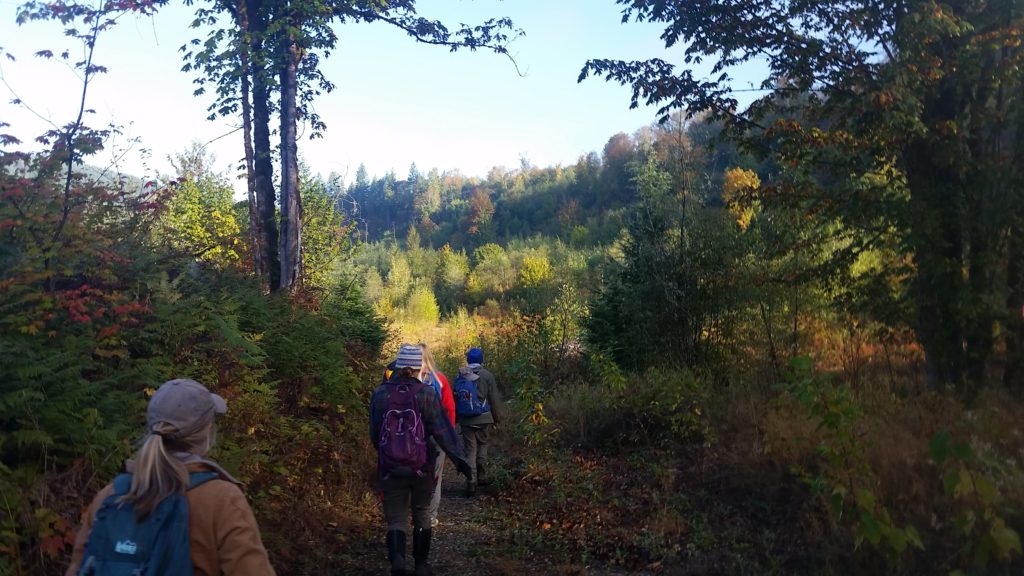
The land, located along Stossel Creek and a tributary, was clearcut in 2012 by the previous owner and left to reseed itself. While new Douglas-fir and western redcedars are sprouting each year, they are growing by inches. All the while invasive plants have been outcompeting the young trees and growing upwards of 8 feet and shading over the seedlings. The young forest needs a little help, especially as it’s seen as a key component of a regional conservation strategy, led by Washington State Department of Natural Resources, King County, and partners to undertake restoration in the basin to reduce sediment input to Stossel Creek and the Tolt River.
The property is now the site of a new reforestation project, one where partners are considering the future climate of the region. Climate models suggest that by the mid- to late- 21st century the climate of the Stossel Creek area is expected to be similar to that of today in southwest Oregon where temperatures are warmer in the winter and summers are drier. So instead of replanting with only sub-varieties of trees native and local to the Cascade foothills, the planting plan includes Douglas-fir and western redcedar sourced from southwestern Oregon and northern California.
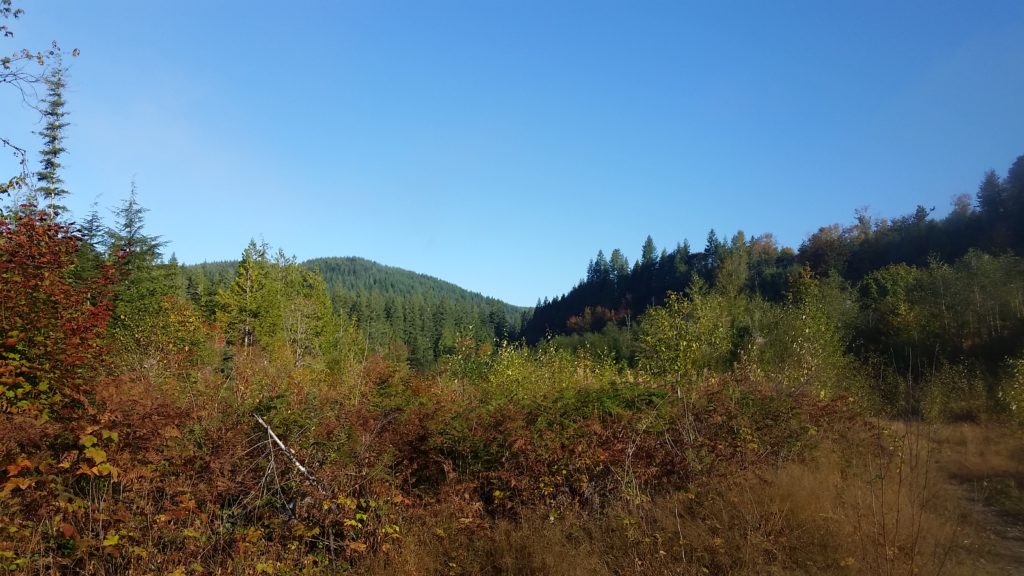
The planting plan includes local Douglas-fir, western redcedar, western white pine, grand fir, white oak, and shore pine along with Douglas-fir and western redcedar from southwest Oregon and northern California. About a quarter of the 15,000 seedlings will be sourced from southwest Oregon, about a fifth of the seedlings will come from drier sites in the Puget Sound region, and more than half will come from local sources. Planting will begin this winter across 54 acres.
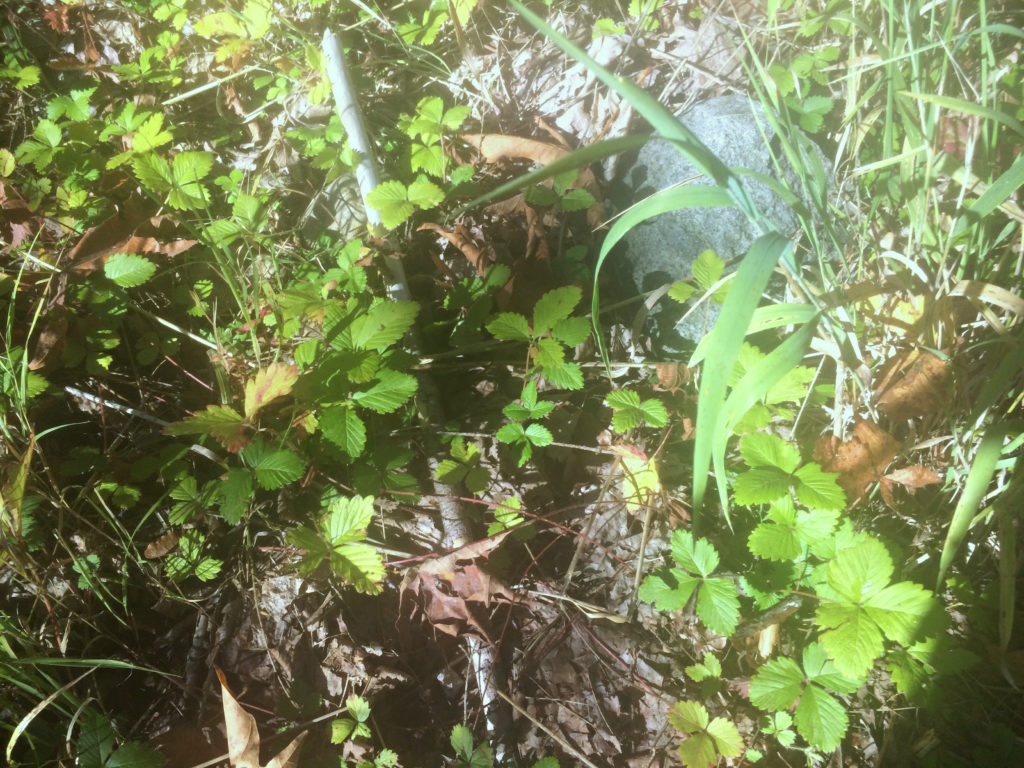
In the seasons following planting, NNRG will help host tours and workshops for regional land managers and family forest owners to learn and consider climate-adapted restoration practices.
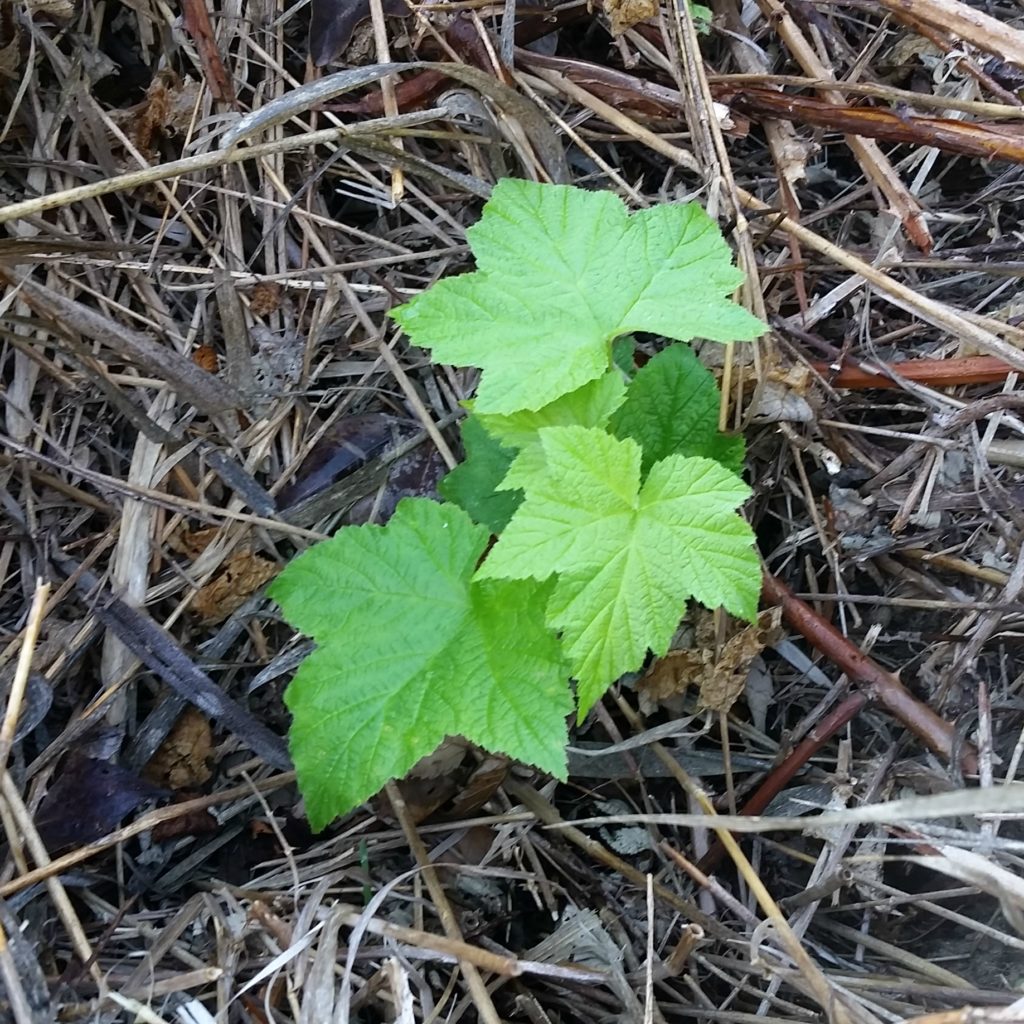
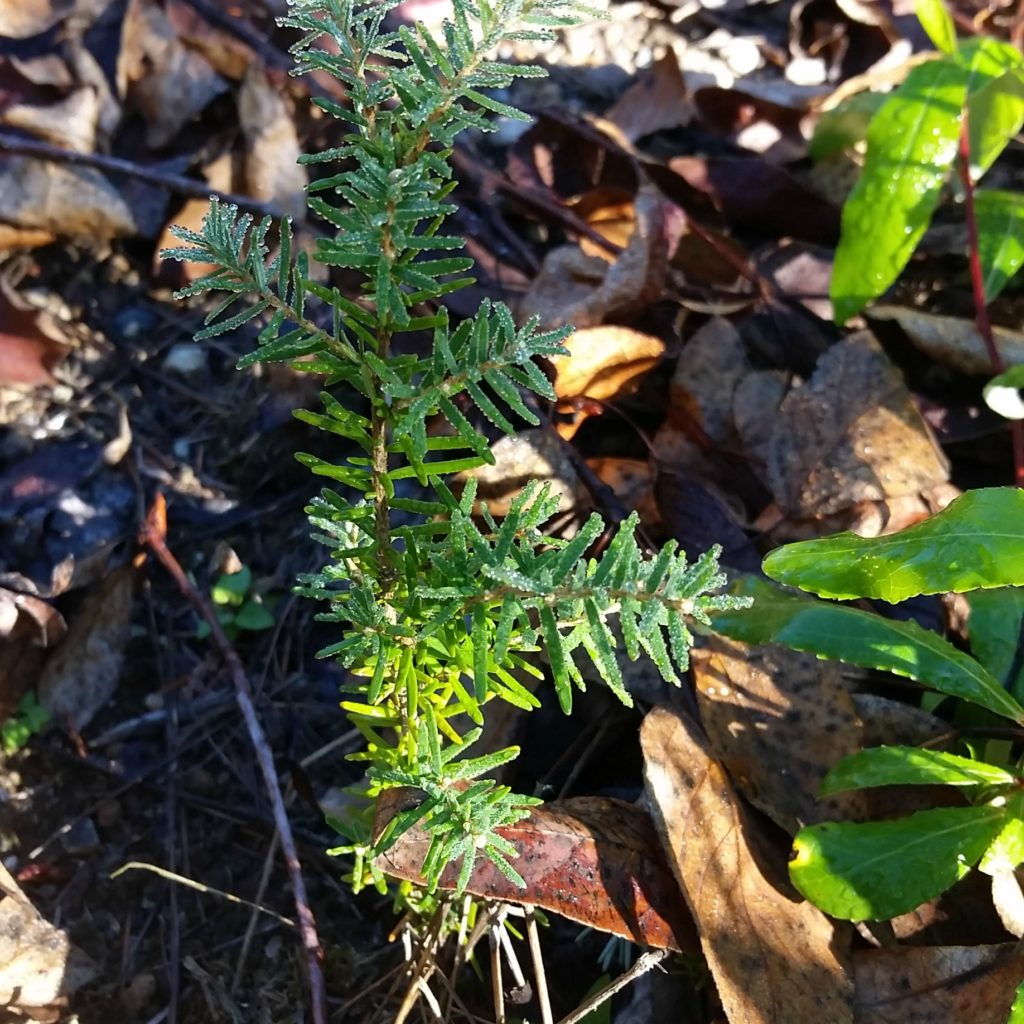
We’re excited to be part of a project to grow a healthy forest for fish, wildlife, and people for many generations to come.
The Greenway, Seattle City Light, Seattle Public Utilities, and NNRG received a $140,000 grant to undertake this trial from the Wildlife Conservation Society (WCS) through its Climate Adaptation Fund, a program that is supported and established by a grant to WCS from the Doris Duke Charitable Foundation.
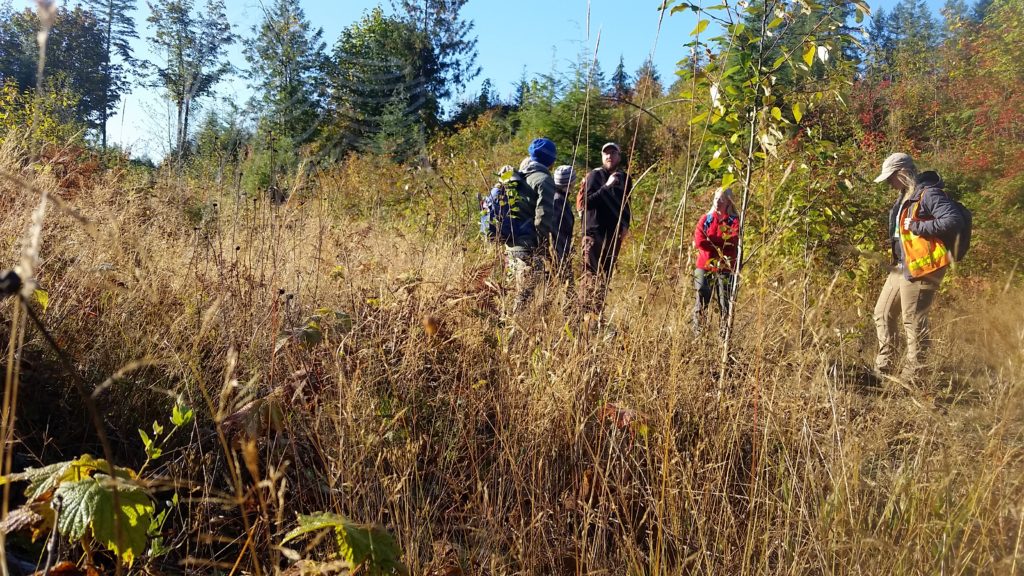

Leave a Reply